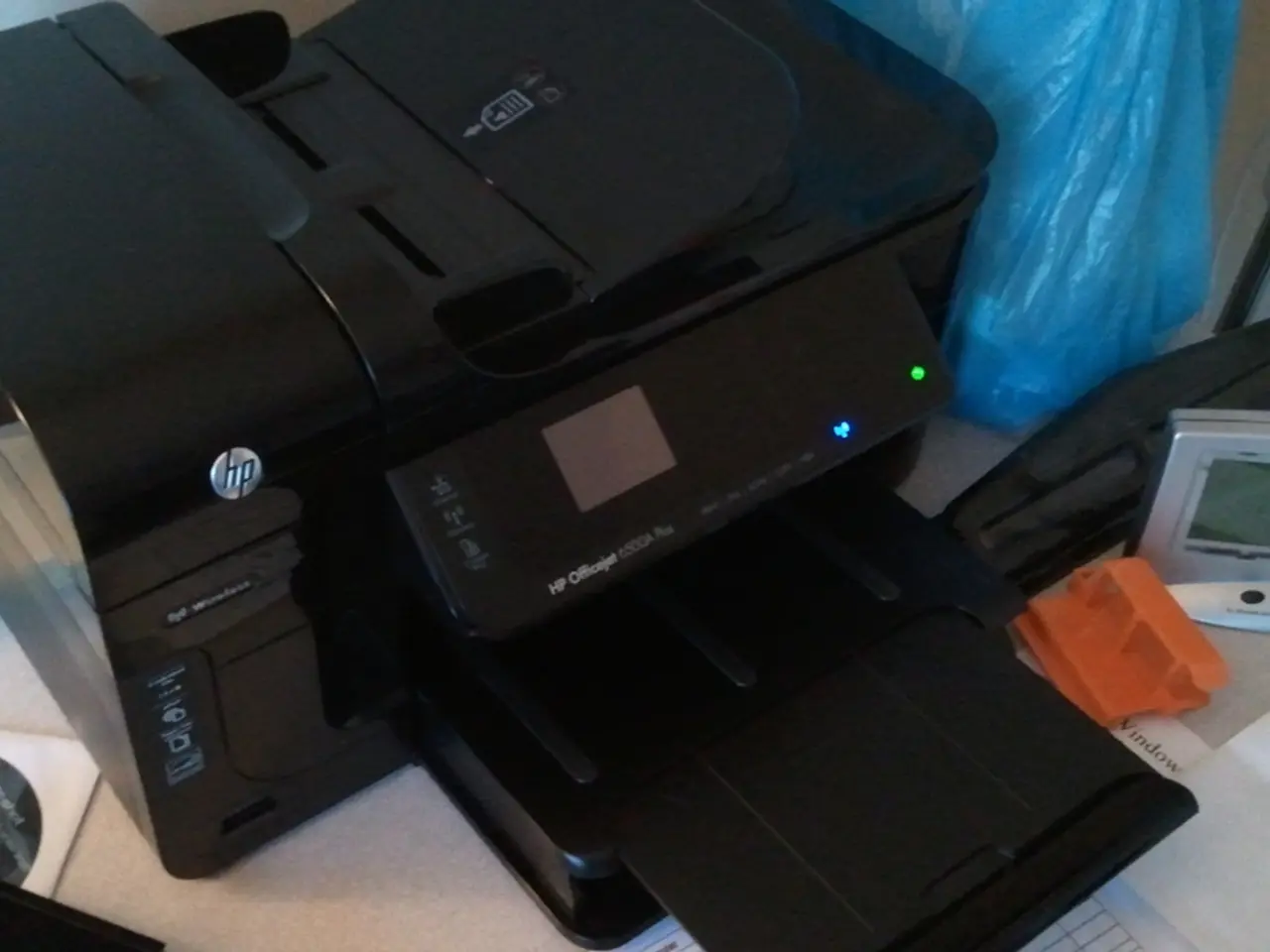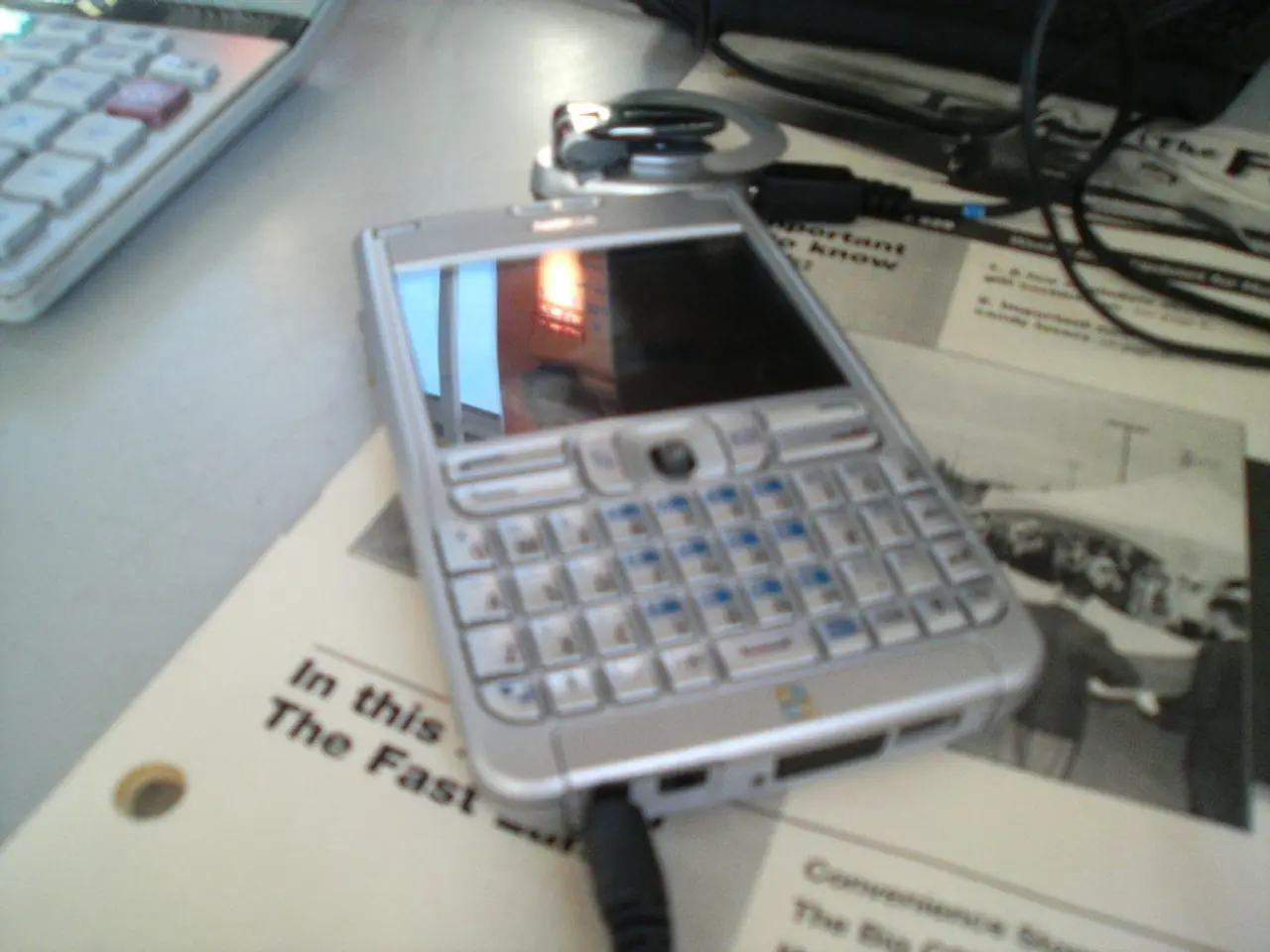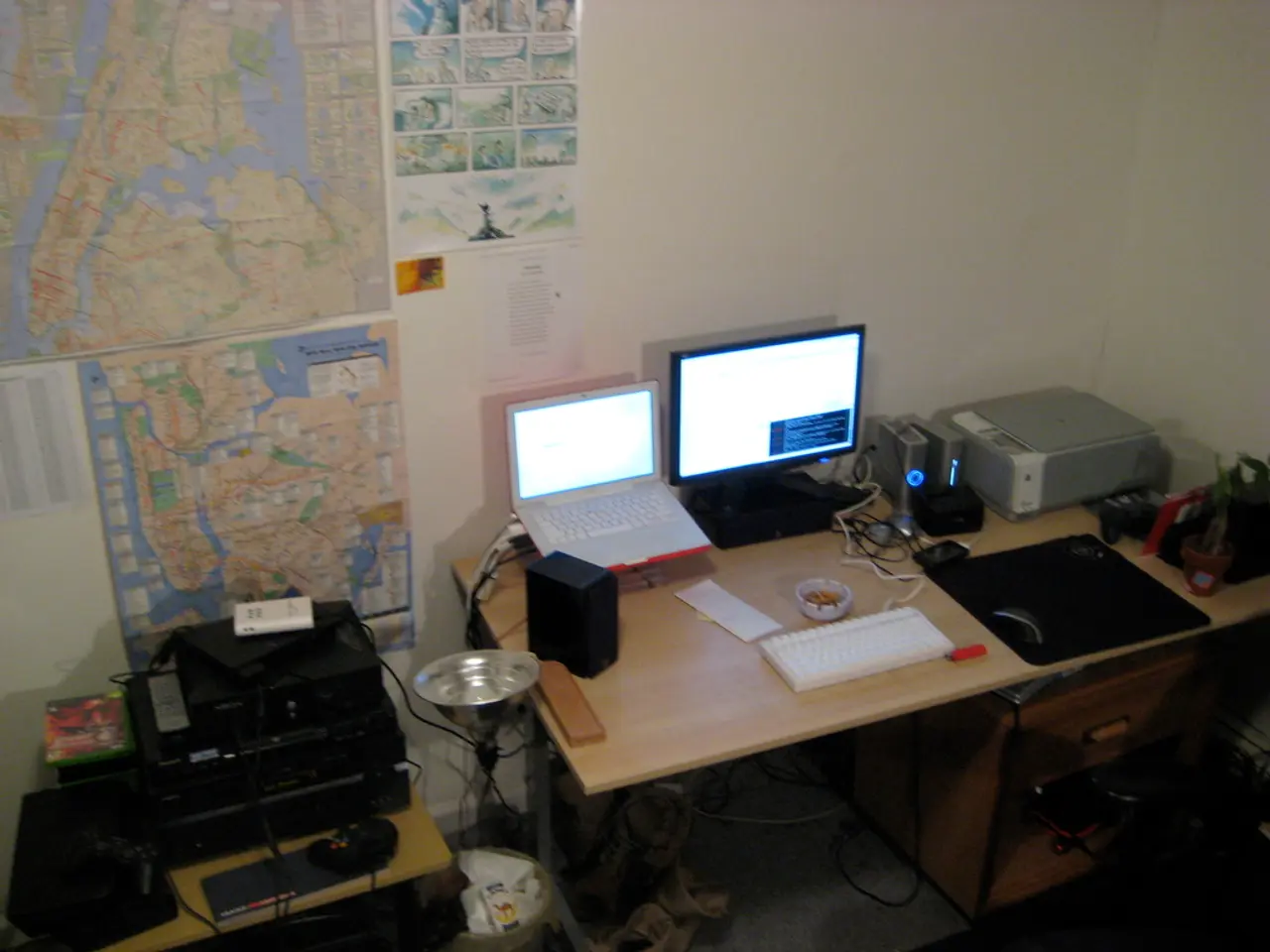Mastering Printed Circuit Board (PCB) Design: Achieving Expertise in PCB Manufacturing
In the world of electronics, time is of the essence. A key principle that helps streamline the PCB manufacturing process is Design for Manufacturability (DFM). By adhering to DFM best practices, designers can reduce production time, costs, and potential errors.
Opting for a single fab house for prototype and bulk production requirements can significantly reduce production time and time to market. This is because a single fab house is already familiar with the design, reducing the need for extensive setup and communication.
One of the cornerstones of DFM is following strict design rules for trace widths, spacing, and via placement. These guidelines ensure reliable electrical performance and prevent production issues such as short circuits or signal degradation. Maintaining minimum trace widths and spacings of around 6 mils is a common recommendation to support manufacturability. Thermal management is also essential; using thermal vias and relief patterns can help distribute heat and facilitate soldering, improving reliability and reducing mechanical stress.
Simplicity in design also plays a crucial role in DFM. Simpler designs reduce assembly time, lower the risk of errors, and decrease manufacturing costs. This includes designing with standard, widely available components to ensure part availability and avoid supply chain interruptions. Using surface-mount technology and standard package types (SOIC, QFN, BGA, TSSOP) compatible with automated assembly also aids manufacturability. Assembly instructions should be clear and require minimal manual adjustments to accelerate production and avoid errors.
Choosing the right manufacturer is another critical aspect of DFM. Designers should consider a manufacturer's capability to handle specific assembly methods, their experience with the components and packaging technologies required, and their ability to support the supply chain, including managing component obsolescence. Collaborating with manufacturers early in the design phase to validate the design against their capabilities can prevent costly redesigns later.
Time management is also essential in DFM. Complex designs require more thorough DFM analysis and possibly iterative improvements, which can extend timelines. Early planning, clear communication, and choosing experienced teams help keep the process on track.
In summary, best practices for DFM in PCB design include following strict design rules, managing thermal issues, keeping designs as simple as possible, selecting standard, widely available components, using automatic assembly-compatible packages, working closely with manufacturers early, considering assembly ease, planning and allocating sufficient time for DFM iterations, especially for complex designs, and choosing the right PCB manufacturing partner.
The Design for Manufacturing Handbook, a valuable resource for designers, provides comprehensive information on various aspects of DFM, including annular rings, vias, trace width and space, solder mask and silkscreen. This handbook offers tips on how to avoid drill breakouts, optimize vias, follow best practices for trace width and space, and get must-knows about solder mask and silkscreen. The handbook is a 45-minute read and can be downloaded for free.
Working directly with a selected manufacturer allows designers to update designs early on and avoid costly and time-consuming issues. Choosing the right PCB manufacturing partner is crucial for a smooth production process. Designers should consider components with lead time or availability in mind, and utilize components that can be placed and packaged by automated machines.
In the increasingly automated world of PCB manufacturing, designers must concentrate on layouts that lend themselves to seamless reproduction. Opting for simplicity in PCB design can encourage more orderly, cost-effective manufacturing. The ideal manufacturer should be in the right location, have a respected reputation, comprehensive customer support, and the capability to produce high quality at high volume. Working directly with companies like Sierra Circuits can help designers meet DFM standards and ensure they're working with an EMS provider that suits their needs.
In the automated world of PCB manufacturing, streamlining the process involves working with a single fab house for prototype and bulk production, as they are already familiar with the design and have reduced the need for extensive setup and communication.
When focusing on DFM best practices for trace widths, spacing, and via placement, designers should maintain minimum trace widths and spacings of around 6 mils to support manufacturability and ensure reliable electrical performance.




